Amex’s 10% dining discount returns in January – here’s how it works behind the scenes
Links on Head for Points may support the site by paying a commission. See here for all partner links.
I was on LinkedIn last week when a post appeared asking if I owned a restaurant – and if I did, was I interested in joining the Amex Dining 10% cashback programme?
I clicked the link and it took me to this page of the amexdining.com website which has some interesting news and insights into how the programme works.
The good news is that, according to the application website, Amex Dining will relaunch on 7th January and run until 31st March.
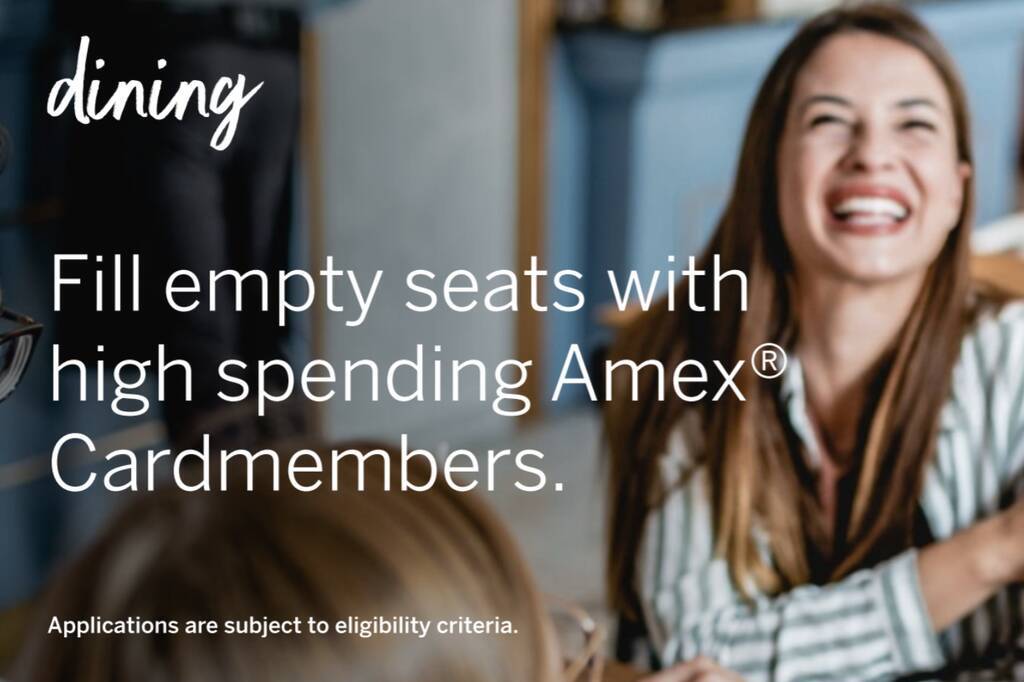
This is virtually back-to-back with the current iteration, which launched on 3rd September and runs to 31st December.
It’s a simple programme. Once cardholders have registered, they receive 10% cashback (sometimes boosted to 20%) when they dine at any restaurant listed on amexdining.com. This covers a very wide range from fast food places to fine dining, and taking in most of the UK.
The page of the Amex Dining website aimed at restaurants, click here, has some interesting information on how it works:
- over 1 million UK Amex cardholders opt-in to the dining discount programme
- it is easy for restaurants to join, assuming they already accept Amex – all they do is fill in the online form and they are added to the Amex Dining website directory. The registration deadline is 5-6 weeks before the launch of each campaign.
- restaurants must offer the cashback 24/7 – they cannot opt out on specific dates or service times
- Amex handles the payment of the 10% cashback to cardmembers
- restaurants get access to an online dashboard which shows recent transactions
- every two weeks, the cashback – plus a 5% administration fee for Krowd, which administers the programme – is reclaimed by direct debit from the restaurant. There are no other fees for the restaurant, so no customers = no fee.
- at the end of each 3-month campaign, restaurants receive a report which breaks out their customers into new vs lapsed vs existing, based on previous spend history on the same card
- restaurants can leave the programme with 30 days notice, which is why restaurants often mysteriously disappear from the list
What isn’t clear is what happens during periods when the cashback is boosted to 20%. I suspect that American Express funds the additional 10% itself.
Keep an eye on Amex Offers from 7th January to ensure that you opt in again for the new cycle of discounts. It is always worth registering, because sometimes you will accidentally trigger cashback by eating or drinking somewhere which you didn’t even know was taking part!
PS. If you are not a regular Head for Points visitor, why not sign up for our FREE weekly or daily newsletters? They are full of the latest Avios, airline, hotel and credit card points news and will help you travel better. To join our 70,000 free subscribers, click the button below or visit this page of the site to find out more. Thank you.
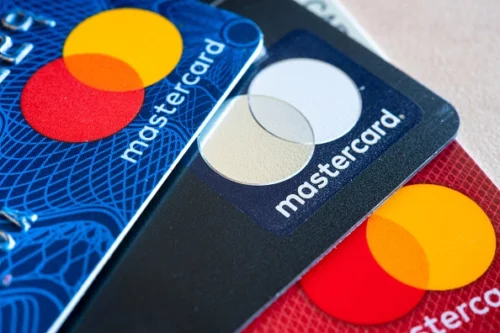
Want to earn more points from credit cards? – July 2025 update
If you are looking to apply for a new credit card, here are our top recommendations based on the current sign-up bonuses.
In 2022, Barclaycard launched two exciting new Barclaycard Avios Mastercard cards with a bonus of up to 25,000 Avios. You can apply here.
You qualify for the bonus on these cards even if you have a British Airways American Express card:
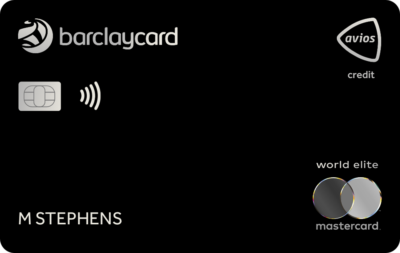
Barclaycard Avios Plus Mastercard
Get 25,000 Avios for signing up and an upgrade voucher at £10,000 Read our full review
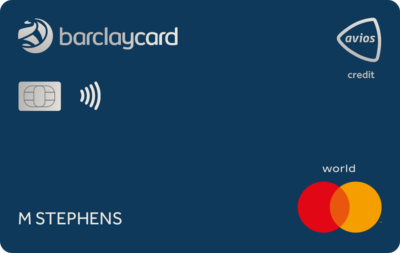
Barclaycard Avios Mastercard
Get 5,000 Avios for signing up and an upgrade voucher at £20,000 Read our full review
You can see our full directory of all UK cards which earn airline or hotel points here. Here are the best of the other deals currently available.
SPECIAL OFFER: Until 15th July 2025, the sign-up bonus on the Marriott Bonvoy American Express Card is TRIPLED to 60,000 Marriott Bonvoy points. This would convert into 25,000 Avios or into 40 other airline schemes. It would also get you at least £300 of Marriott hotel stays based on our 0.5p per point low-end valuation. Other T&C apply and remain unchanged. Click here for our full card review and click here to apply.
SPECIAL OFFER: Until 14th August 2025, the sign-up bonus on the Hilton Honors Plus debit card is TRIPLED to 30,000 Hilton Honors points. You will also receive Gold Elite status in Hilton Honors for as long as you hold the card. Click here for our full card review and click here to apply.
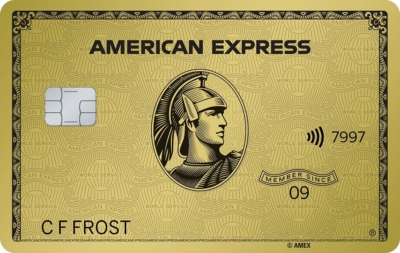
American Express Preferred Rewards Gold Credit Card
Your best beginner’s card – 20,000 points, FREE for a year & four airport lounge passes Read our full review
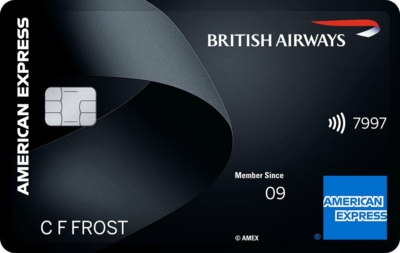
British Airways American Express Premium Plus Card
30,000 Avios and the famous annual Companion Voucher voucher Read our full review
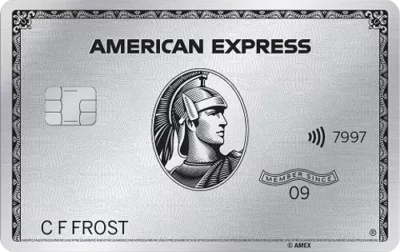
The Platinum Card from American Express
50,000 bonus points and great travel benefits – for a large fee Read our full review
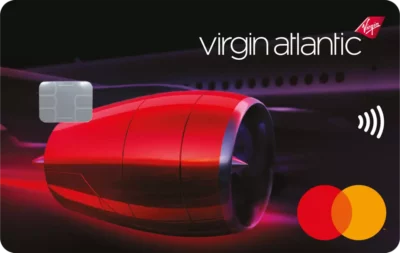
Virgin Atlantic Reward+ Mastercard
18,000 bonus points and 1.5 points for every £1 you spend Read our full review
Earning miles and points from small business cards
If you are a sole trader or run a small company, you may also want to check out these offers:
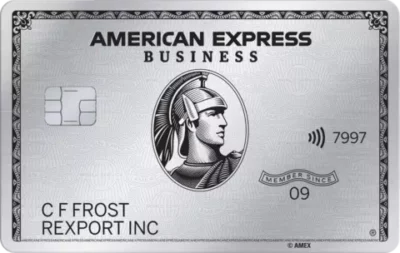
The American Express Business Platinum Card
50,000 points when you sign-up and an annual £200 Amex Travel credit Read our full review
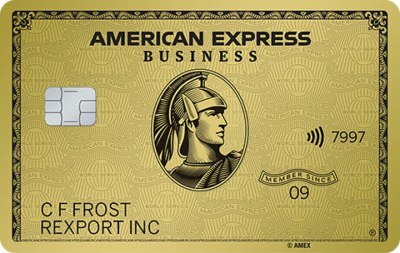
The American Express Business Gold Card
20,000 points sign-up bonus and FREE for a year Read our full review
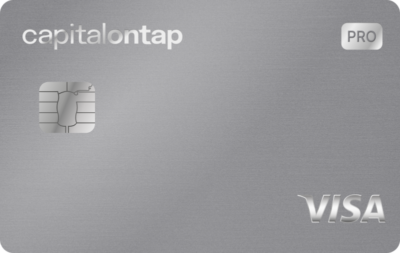
Capital on Tap Pro Visa
10,500 points (=10,500 Avios) plus good benefits Read our full review
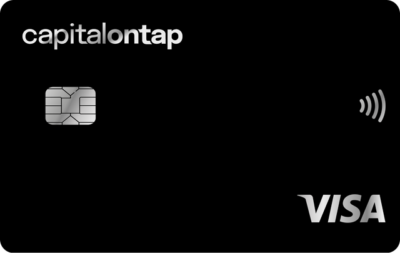
Capital on Tap Visa
NO annual fee, NO FX fees and points worth 0.8 Avios per £1 Read our full review
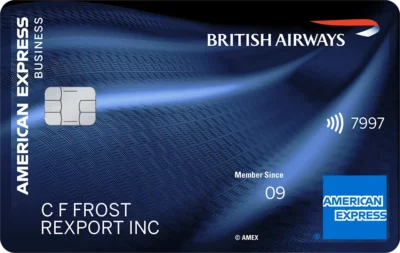
British Airways American Express Accelerating Business Card
30,000 Avios sign-up bonus – plus annual bonuses of up to 30,000 Avios Read our full review

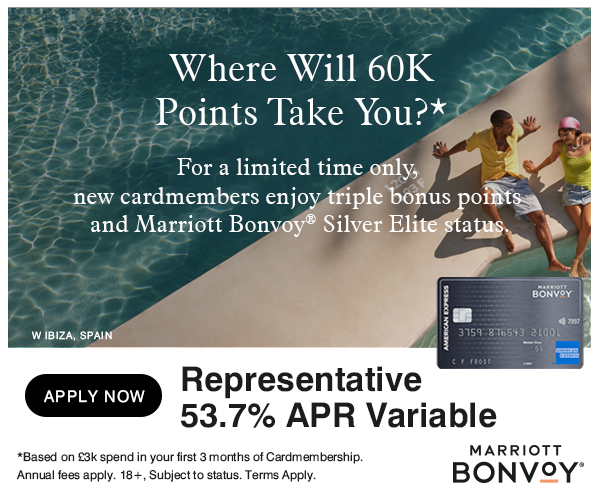

 Rob
Rob 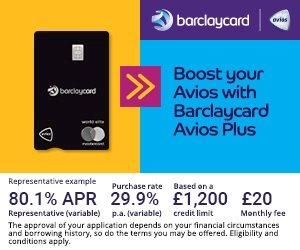
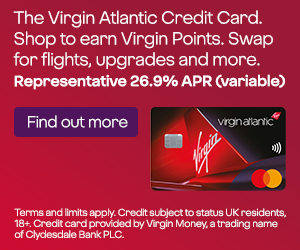
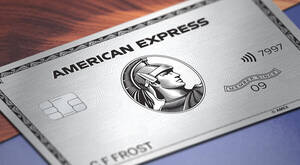

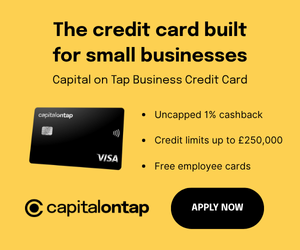
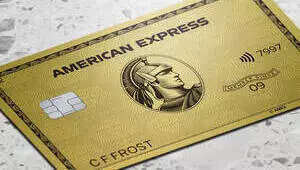
Comments (78)